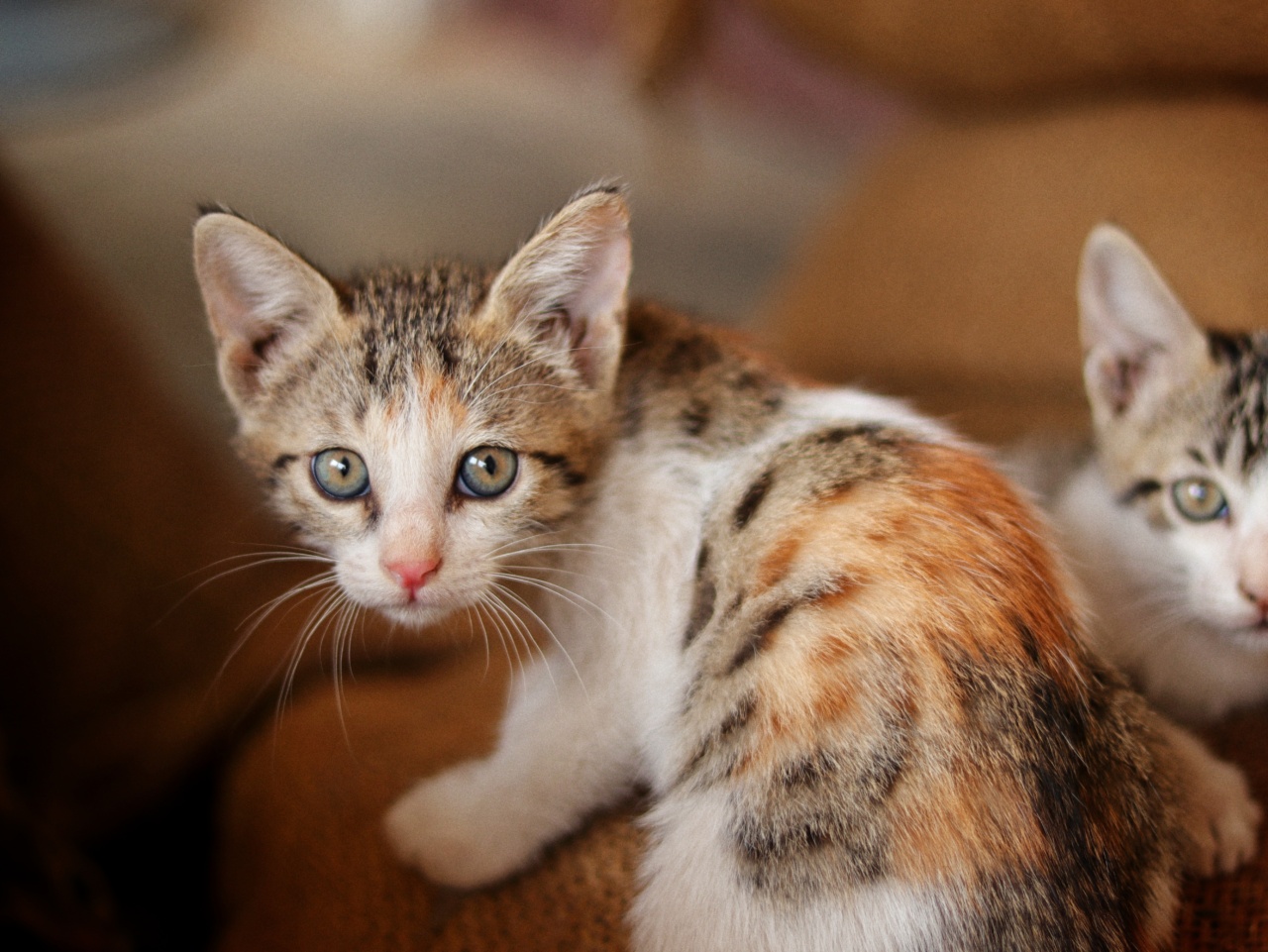Domestic animals such as cats, dogs, and livestock are prone to various health issues, and one of the most significant threats they face is from parasitic worms.
While most worms may seem harmless, there are certain species that can be extremely poisonous and detrimental to the well-being of these animals. Understanding the types and effects of poisonous worms is crucial for pet owners and livestock caretakers to ensure the health and safety of their beloved animals.
In this article, we will explore some of the most dangerous and poisonous worms that harm domestic animals and discuss the implications they have on their hosts.
1. Heartworm
Heartworm (scientifically known as Dirofilaria immitis) is a deadly parasite that primarily affects dogs, cats, and rarely ferrets. These worms reside in the pulmonary arteries and the right side of the heart of their hosts.
Heartworms are transmitted through mosquito bites, making them prevalent in areas with a high mosquito population. The presence of heartworms can lead to severe health issues such as coughing, difficulty breathing, fatigue, weight loss, and heart failure. If left untreated, heartworm infection can be fatal for domestic animals.
2. Hookworm
Hookworms (Ancylostoma caninum and Ancylostoma braziliense) are small, thread-like worms that primarily infect dogs but can also be found in cats and other animals. These worms attach to the small intestine lining and feed on the host’s blood.
Hookworm infestation can lead to anemia, weakness, poor growth, and, in severe cases, death. Humans can also contract hookworm infections through direct contact with contaminated feces or soil.
3. Roundworm
Roundworms (Toxocara canis and Toxocara cati) are one of the most common and widespread parasitic worms found in domestic animals, particularly in cats, dogs, and young puppies and kittens.
These worms reside in the intestines and can cause various health issues such as gastrointestinal disturbances, weight loss, bloating, and a dull coat. In severe cases, roundworm infections can lead to intestinal blockages and inflammation, which may require surgical intervention.
4. Tapeworm
Tapeworms (scientifically known as Dipylidium caninum and Taenia species) are long, flat worms that infect the intestines of dogs, cats, and other animals. These worms can grow to several feet in length and are composed of multiple segments.
Tapeworm infestation often occurs through the ingestion of fleas, infected rodents, or contaminated food. Symptoms may vary, but common signs include weight loss, digestive disturbances, and the presence of worm segments in the feces or around the anus.
5. Lungworm
Lungworms (Dictyocaulus viviparus and Angiostrongylus vasorum) primarily affect livestock such as cattle and sheep, but can also infect dogs.
These worms reside in the airways and lung tissues, causing respiratory issues such as coughing, wheezing, and difficulty breathing. In severe cases, lungworm infestation can lead to pneumonia and even death, especially in young or immunocompromised animals.
6. Screw Worm
Screw worms (Cochliomyia hominivorax) are highly dangerous and flesh-eating worms that primarily target livestock, including cattle, sheep, and goats.
Female screw flies lay their eggs in open wounds or areas with excess moisture, and the hatched larvae penetrate into the host’s tissues, causing extensive damage and potential deadly infections. Prompt intervention is necessary to prevent the spread of these worms and protect the affected animals.
7. Threadworm
Threadworms (Strongyloides westeri and Strongyloides spp.) primarily infect horses, but can also be found in other domestic animals.
These worms reside in the small intestines and can lead to weight loss, diarrhea, poor growth, and a decreased overall condition. Threadworm infections are most commonly found in foals and can significantly impact their development and overall health.
8. Stomach Worm
Stomach worms (scientifically known as Ostertagia ostertagi and Haemonchus contortus) are a common threat to livestock, particularly cattle and sheep.
These worms reside in the abomasum, the fourth stomach of ruminant animals, and can cause severe damage to the stomach lining, leading to reduced appetite, weight loss, anemia, and potential death. Stomach worm infections are often more prevalent in young animals and can negatively impact their growth and productivity.
9. Liver Fluke
Liver flukes (Fasciola hepatica) are a type of flatworm that primarily infects grazing animals such as cattle, sheep, and goats. These worms reside in the liver and bile ducts, causing damage to the liver tissues and obstructing the bile flow.
Liver fluke infestation can lead to poor nutrient absorption, weight loss, anemia, jaundice, and in severe cases, liver failure. The availability of standing water and moist pasture greatly increases the risk of liver fluke infections.
10. Bladder Worm
Bladder worms (Taenia pisiformis) primarily target dogs, cats, and wild carnivores. These parasites infect the intestines of their hosts and can migrate to the bladder, causing irritation, frequent urination, and potential urinary obstruction.
In severe cases, bladder worms can also migrate to other organs such as the liver or lungs, leading to additional health complications.
Conclusion
Understanding the threats posed by poisonous worms is crucial for pet owners and livestock caretakers. Regular deworming, proper hygiene practices, and removing potential breeding grounds can help mitigate the risk of infestation.






























